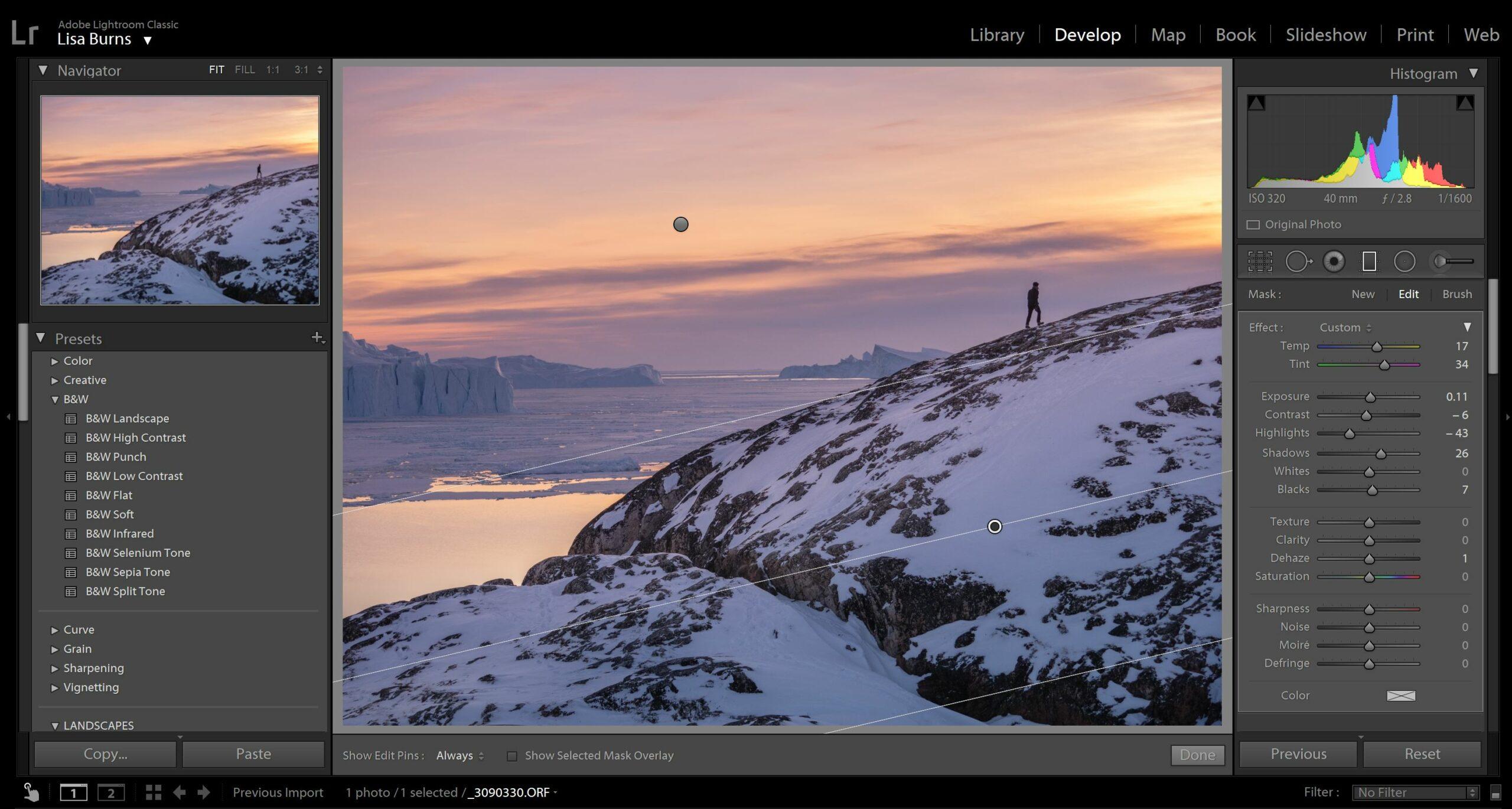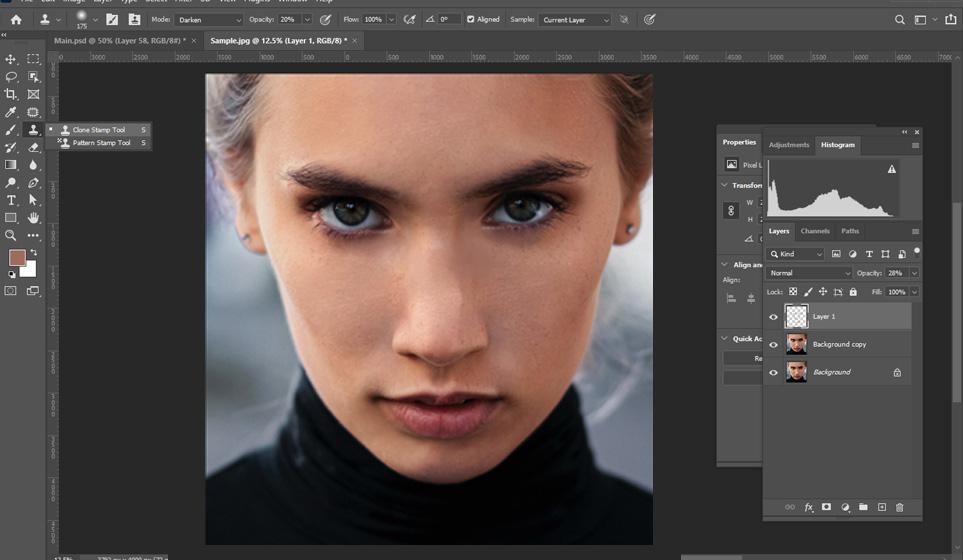Índice
In the digital age, the art of image editing has transcended the realm of professional photographers, becoming an essential skill for anyone looking to enhance their visual storytelling. Whether you’re a budding creator eager to learn the basics or a seasoned expert seeking to refine your techniques, the journey of image editing offers endless possibilities for creativity and expression. In this article, “Image Editing Tips for Beginners and Experts: Start Improving Now!”, we will explore a curated selection of practical tips and insightful strategies that cater to every skill level. From fundamental principles that anchor a polished edit to advanced techniques that push the boundaries of imagination, our guide aims to equip you with the knowledge and inspiration needed to elevate your images. Let’s embark on this journey together and unlock the potential that lies within each photograph!
Unlocking the Basics of Image Editing for Newcomers
Image editing is an art that can elevate your photography from ordinary to extraordinary. For those just starting out, understanding the fundamentals can be both exciting and daunting. Begin by familiarizing yourself with the essential tools in your editing software, such as cropping, brightness, contrast, and saturation adjustments. These basics will help you achieve a polished look. Here are some critical techniques to incorporate into your workflow:
- Cropping: Focus your image and remove distractions.
- Color Correction: Adjust hues to enhance the overall tone.
- Sharpening: Bring out details and make your images pop.
- Noise Reduction: Smooth out grainy images for a cleaner look.
As you become more comfortable with the basics, you can dive into advanced techniques that will further refine your skills. Learning about layers, masks, and blending modes in programs like Photoshop can open up endless creative possibilities. Using these advanced methods allows for micro adjustments and diverse effects, enhancing your artistry. Check out this table for a quick overview of essential editing techniques:
| Technique | Description |
|---|---|
| Layering | Create separate elements for more control. |
| Masking | Isolate parts of an image for targeted edits. |
| Blending Modes | Combine layers in unique ways for artistic effects. |
| Filters | Add creative effects or enhance colors effortlessly. |

Essential Tools and Techniques for Every Skill Level
For image editing enthusiasts at any skill level, having the right tools is crucial for producing stunning visuals. Beginners can benefit from user-friendly software that allows them to explore basic functionalities without feeling overwhelmed. Tools like Canva and Pixlr are perfect starting points, offering intuitive interfaces and a variety of templates. As skills develop, more advanced options like Adobe Photoshop or Affinity Photo become invaluable, granting access to deeper editing capabilities. Regardless of your choice, always ensure that you familiarize yourself with core functionalities, such as:
- Basic adjustments: Brightness, contrast, saturation
- Layer management: Organizing elements for flexibility
- Filters and effects: Enhancing images creatively
Alongside popular software, various techniques can elevate your editing game, making the process both enjoyable and efficient. Mastering the art of color grading can significantly transform the mood of your images, while cropping and composition techniques help in highlighting essential elements. Here’s a concise overview of techniques worth exploring:
| Technique | Description |
|---|---|
| Color Grading | Adjusting hues for a desired emotional impact. |
| Layer Masks | Selective editing without permanent changes. |
| Clone Stamp | Removing imperfections seamlessly. |

Advanced Tips and Tricks to Elevate Your Editing Game
To truly refine your editing skills, it’s essential to embrace advanced techniques that can transform your images from ordinary to extraordinary. Start by mastering the art of layer blending; this allows for greater control over how different elements interact within your composition. Experiment with different blending modes in software like Photoshop or GIMP, as each mode can yield unique effects that can enhance depth and texture. Additionally, consider utilizing color grading techniques to create mood and cohesiveness across your work. This process involves adjusting the colors in your images to achieve a specific aesthetic and can dramatically impact the final output.
Investing time in learning keyboard shortcuts can significantly streamline your editing workflow. For instance, shortcut keys like Ctrl + J for duplicating layers or Ctrl + Z for undo can save you valuable seconds in your creative process. Pairing this with customized tool presets can also enhance efficiency, allowing you to apply your favorite adjustments with just one click. Don’t underestimate the power of using non-destructive editing techniques; this ensures you’re always able to revert to your original image, granting you the freedom to experiment without the fear of irreversible changes.

Creating a Cohesive Style: Bridging Beginner and Expert Techniques
When it comes to image editing, achieving a cohesive style that appeals to both novices and seasoned professionals can be transformative. By blending foundational techniques with advanced methods, you can create a visual language that resonates across different skill levels. Here are some essential strategies to help you bridge the gap:
- Establish a Color Palette: Choose a consistent color scheme that enhances your images, making your work immediately recognizable.
- Utilize Layers: Whether using a basic editor or advanced software, layers allow for non-destructive adjustments and create depth in your visual storytelling.
- Incorporate Textures: Adding textures can elevate the quality of your images, giving them a unique and professional finish that is appealing to viewers.
Moreover, understanding the balance of elements within your composition can unify the style of your edits. Employing grid systems can help achieve symmetry, which can be satisfying to the eye. Consider the following table to illustrate how different techniques can complement each other:
| Technique | Beginner Application | Expert Application |
|---|---|---|
| Color Grading | Basic filters | Custom LUTs and curves adjustment |
| Sharpening | Automatic settings | Selective sharpening with masking |
| Composition | Rule of Thirds | Dynamic Symmetry |
Insights and Conclusions
whether you’re just dipping your toes into the world of image editing or you’re a seasoned professional looking to hone your skills further, the journey of improvement is a continuous one. By embracing these tips and techniques, you can elevate your editing game and unlock the full potential of your images. Remember, every masterpiece starts with a single click, and the path to mastery is paved with practice and experimentation. So, gather your tools, unleash your creativity, and embark on this exciting adventure of transforming the ordinary into the extraordinary. Happy editing!
